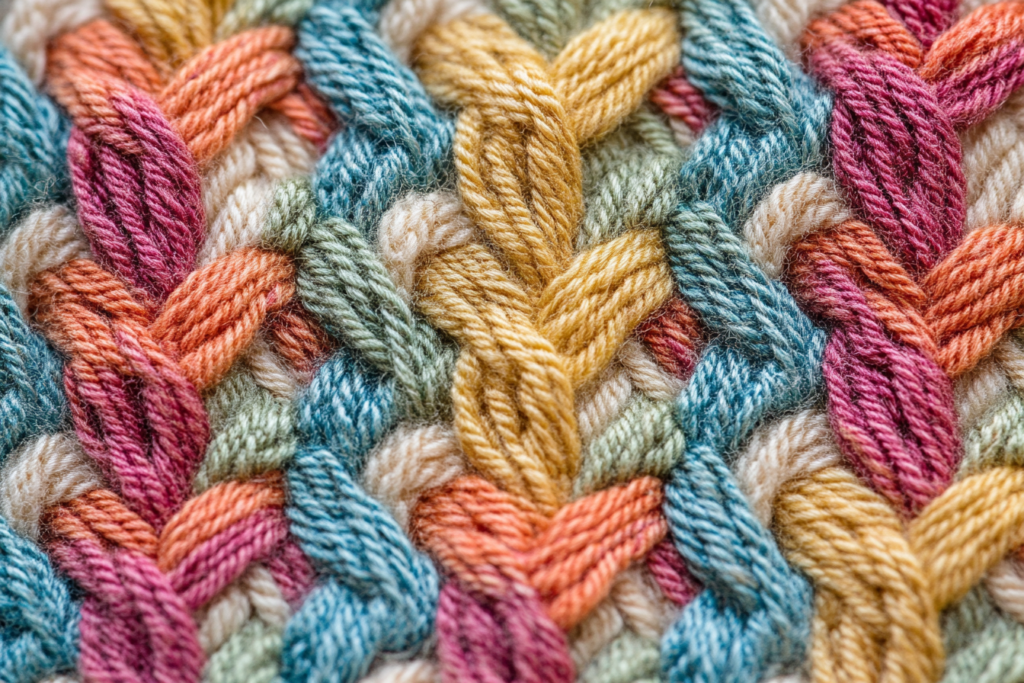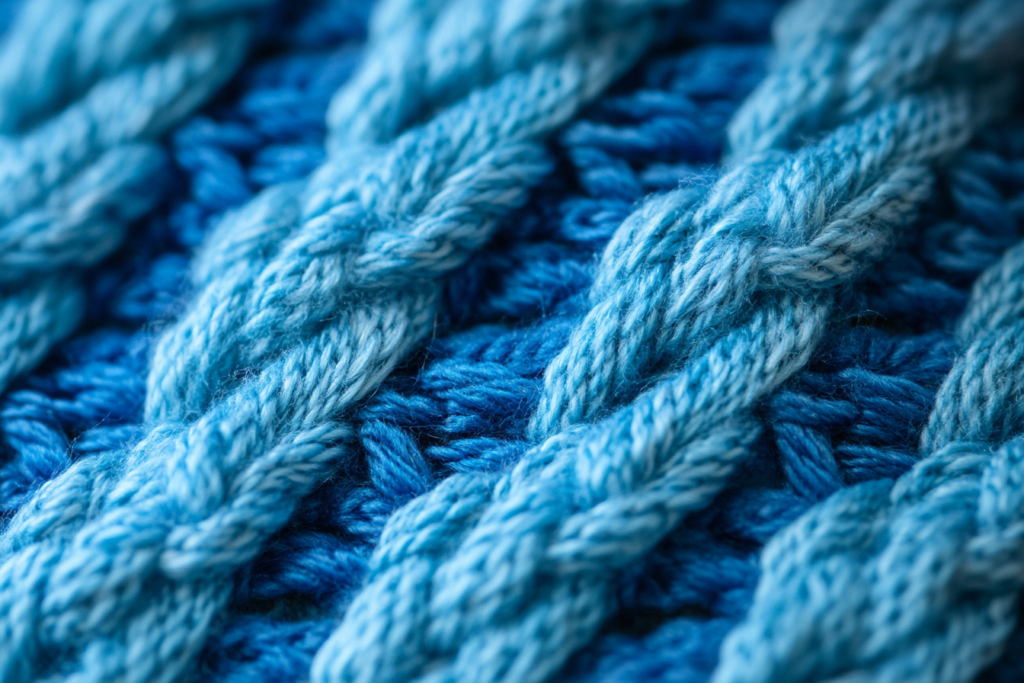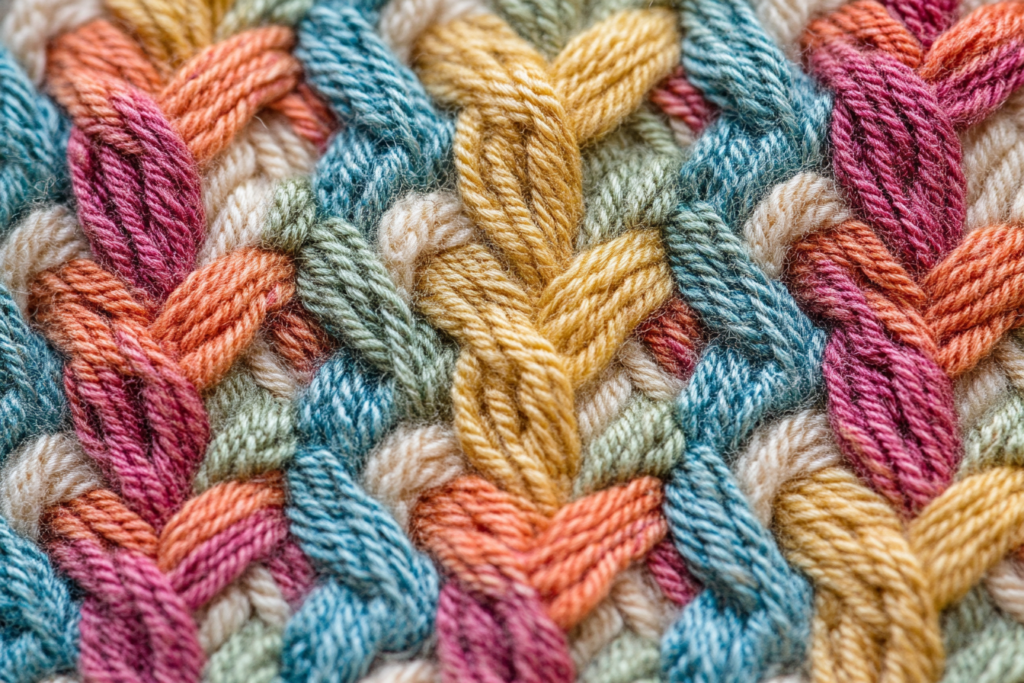Interlock stitches: Same as cover stiInterlock Stitches: Also Known as Cover Stitch in Sewing
Meta Description: Interlock stitches, also known as cover stitches, are used for stretch fabrics, creating a durable, flexible, and professional finish. Learn about their uses in fashion and garment construction.
What are Interlock Stitches (Cover Stitch)?
Interlock stitches, also referred to as cover stitches, are a type of double-needle or triple-needle stitch used in knitwear and stretch fabrics. This stitch forms a row of straight stitches on the top and a looped interlock pattern underneath, allowing flexibility, durability, and a clean hem finish.
Interlock stitching is commonly used in activewear, lingerie, T-shirts, and sportswear, where elasticity and a professional seam finish are essential.


Key Features of Interlock Stitches (Cover Stitch)
✔ Strong & Flexible – Provides stretchability while maintaining durability.
✔ Neat, Professional Finish – Used for hems, seams, and decorative stitching.
✔ Prevents Fabric Fraying – Secures raw edges and reinforces stretch fabrics.
✔ Common in Knitwear & Sportswear – Ideal for leggings, swimwear, and activewear.
✔ Creates a Flat, Comfortable Seam – Reduces bulk and prevents chafing.
How Do Interlock Stitches Work?
- Top Side Appearance – Looks like a double or triple row of straight stitches.
- Bottom Side (Looped Interlock Design) – Features looping threads that allow stretch and flexibility.
- Sewn with a Coverstitch Machine – Uses two or three needles with looper threads to create a stretchy, reinforced seam.
This stitch ensures that garment hems and seams stretch without breaking, making it essential for knit fabric construction.
Where Are Interlock (Cover Stitches) Used?
📌 T-Shirt & Sweatshirt Hems – Provides a stretchy, clean edge.
📌 Leggings & Activewear – Ensures seams stay intact while moving.
📌 Lingerie & Swimwear – Prevents stitch breakage in stretch fabrics.
📌 Athletic & Performance Wear – Used in moisture-wicking and compression fabrics.
📌 Decorative Stitching – Creates double or triple-needle stitch effects on garments.
Interlock Stitches vs. Other Stretch Stitches
| Feature | Interlock Stitch (Cover Stitch) | Overlock Stitch (Serger) | Zigzag Stitch |
|---|---|---|---|
| Appearance | Twin or triple straight stitches on top, looper underneath | Overlapping loops along fabric edge | Zigzag motion |
| Stretch | High | Moderate | High |
| Best For | Hems, seams, activewear, knitwear | Edge finishing, seam binding | Stretch seams, decorative stitching |
| Use in Industry | Common in mass-produced garments | Used for finishing raw edges | Found in home sewing |
While interlock stitches reinforce stretchy hems, overlock stitches finish fabric edges, and zigzag stitches offer a flexible alternative for home sewing.
How to Sew Interlock (Cover Stitches) in Garment Construction
✔ Use a Coverstitch Machine – These specialized machines handle double or triple needle stitching.
✔ Adjust Stitch Length & Tension – Ensure proper stretch and elasticity in knit fabrics.
✔ Stabilize Lightweight Fabrics – Use clear elastic or interfacing for thin materials.
✔ Secure the Threads – Lock stitches by overlapping at the start and end to prevent unraveling.
✔ Practice on Scrap Fabric – Test tension and stitch length before sewing on the final garment.
Why Are Interlock Stitches Essential in Fashion?
✔ Prevents Seam Breakage in Stretch Fabrics – Maintains durability and flexibility.
✔ Creates a Clean, Professional Look – Used in factory-made garments for polished hems.
✔ Ideal for Sportswear & Performance Clothing – Helps garments move with the body.
✔ Comfortable & Smooth Finish – Lies flat against the skin, reducing irritation.
Conclusion: The Importance of Interlock (Cover Stitches) in Sewing
Interlock stitches (cover stitches) are a must-have in garment manufacturing, especially for knitwear, activewear, and stretch fabrics. Their ability to reinforce seams, provide stretch, and create a polished look makes them essential in both fashion and functional apparel.
From high-end sportswear to everyday T-shirts, interlock stitching ensures garments remain strong, flexible, and professional-looking.tch



